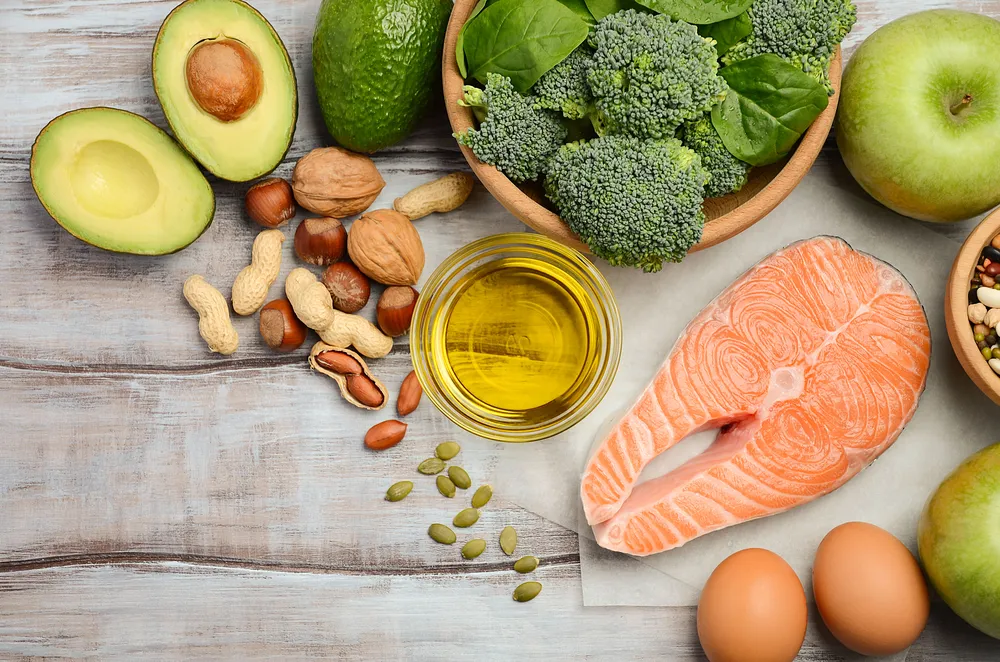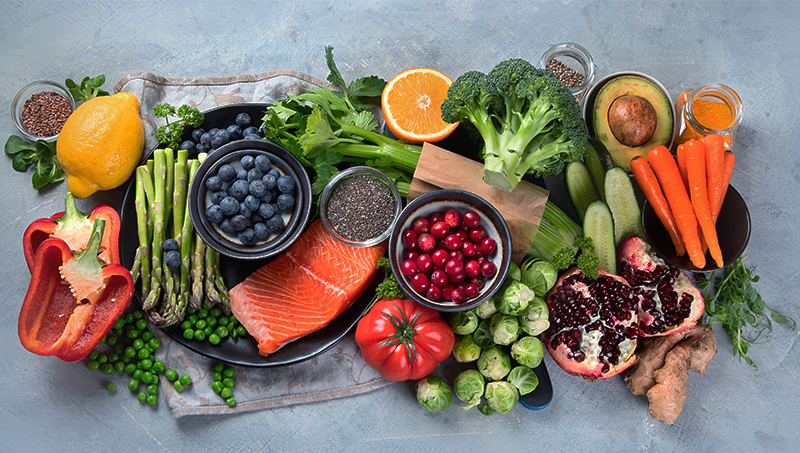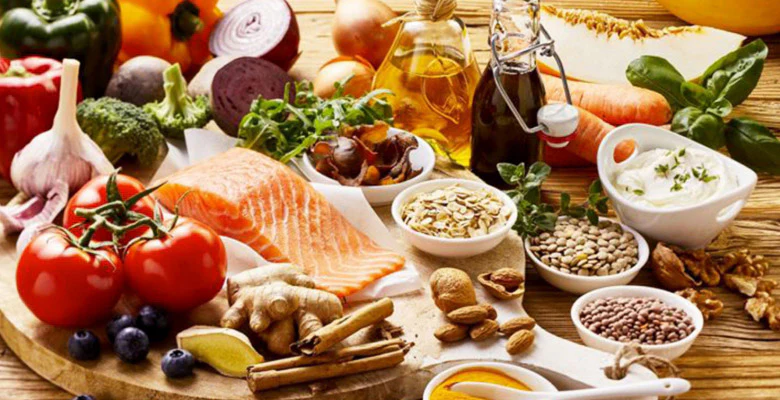Joint pain, a prevalent concern that can significantly impact our daily lives, often stems from inflammation within the intricate structures of our joints. While medical interventions are crucial for managing chronic joint conditions, the food we choose to consume can serve as a powerful and natural ally in reducing inflammation and alleviating discomfort. The realm of nutrition offers a diverse and flavorful array of ingredients brimming with compounds that possess anti-inflammatory properties and contribute to the overall health and well-being of our joints. Let’s embark on a culinary journey to explore some of the most beneficial foods you can incorporate into your daily meals to support joint health and potentially lessen the burden of pain, right here in Digos City and beyond.
It’s essential to approach dietary changes as a complementary strategy that works in concert with medical advice and other healthy lifestyle practices. Consistently including these nutrient-dense foods in a well-balanced dietary pattern can contribute to long-term joint health and may play a significant role in managing the severity of joint pain, promoting greater comfort and mobility, whether you’re enjoying the local produce of Davao Region or anywhere else.
1. The Omega-3 Rich Bounty: Fatty Fish for Joint Comfort
Just as the fresh catches from the waters near Digos City are prized, fatty fish like salmon, mackerel, sardines, and tuna are nutritional treasures, abundant in omega-3 fatty acids, particularly EPA (eicosapentaenoic acid) and DHA (docosahexaenoic acid). These essential fats are celebrated for their potent anti-inflammatory effects, which can aid in reducing swelling and alleviating pain within the joints. Aim to include these oily fish in your diet at least twice a week through grilling, baking, or enjoying them in local dishes.
2. Berry Bonanza: Antioxidant Powerhouses for Joint Health
The vibrant fruits grown in the fertile lands around Digos City, and berries like blueberries, strawberries, raspberries, and blackberries found in markets, are rich in potent antioxidants, especially anthocyanins, the pigments responsible for their rich colors. Anthocyanins possess significant anti-inflammatory properties and can help protect the body against the damaging effects of free radicals, which contribute to inflammation within the joints. Enjoy a variety of berries as nutritious snacks or additions to your breakfast, perhaps alongside local fruits.
3. Liquid Gold for Joints: The Benefits of Extra Virgin Olive Oil
While not locally produced in abundance, high-quality extra virgin olive oil, readily available in Digos City stores, stands as a valuable ally in the quest for joint comfort. It contains oleocanthal, a naturally occurring compound that exhibits anti-inflammatory properties akin to those found in some non-steroidal anti-inflammatory drugs (NSAIDs). Use extra virgin olive oil in your salad dressings and for light cooking, perhaps with locally sourced vegetables.
4. The Golden Spice: Turmeric’s Curcumin Advantage
Turmeric, a spice commonly found in local markets in Digos City and used in many Filipino dishes, owes its potential joint-alleviating properties to curcumin, a potent antioxidant and anti-inflammatory compound. Studies suggest that curcumin can assist in reducing joint pain and stiffness by modulating inflammatory pathways within the body. To optimize its absorption, consider pairing turmeric with black pepper, which contains piperine, and consuming it with healthy fats, perhaps in a flavorful local curry.
5. The Root of Relief: Ginger’s Natural Anti-Inflammatory Action
Ginger, readily available in the markets of Digos City and a staple in many local remedies, contains natural anti-inflammatory compounds known as gingerols. Research has shown that ginger can help reduce pain and improve function in individuals with osteoarthritis and rheumatoid arthritis. Incorporate fresh ginger into your teas, stir-fries with local vegetables, and even traditional soups.
6. Nutty Nourishment: Almonds and Walnuts for Joint Support
While not a primary local crop, almonds and walnuts are available in Digos City and offer a wealth of healthy fats, including omega-3 fatty acids (especially in walnuts), vitamin E, and magnesium. These essential nutrients can contribute to reducing inflammation and providing crucial support to the tissues surrounding the joints. Enjoy a handful of these nuts as satisfying snacks.
7. The Verdant Allies: Leafy Greens for Joint Well-being
The lush lands around Digos City provide a variety of leafy green vegetables like spinach, kale (if available), and local favorites like kangkong and malunggay. These are nutritional powerhouses, loaded with vitamins, minerals, and antioxidants that are vital for overall health, including the well-being of your joints. They also contain compounds that may help diminish inflammation throughout the body. Incorporate these local greens into your daily meals.
8. Broccoli and Cruciferous Vegetables: Sulforaphane for Potential Cartilage Protection
While not as ubiquitous as local greens, broccoli and other cruciferous vegetables like cauliflower, often found in Digos City markets, contain sulforaphane, a compound that has shown anti-inflammatory effects and may help protect cartilage, the cushioning tissue in joints. Include these vegetables in your meals through steaming, stir-frying with local ingredients, or adding them to soups.
Incorporating these foods, many of which can be sourced locally in Digos City and the Davao Region, into a well-balanced dietary pattern can be a delicious and proactive way to support your joint health and potentially reduce pain. Remember to consult with your healthcare provider for personalized advice and to discuss any significant dietary changes, ensuring a holistic and well-informed approach to managing joint pain in our vibrant region.






